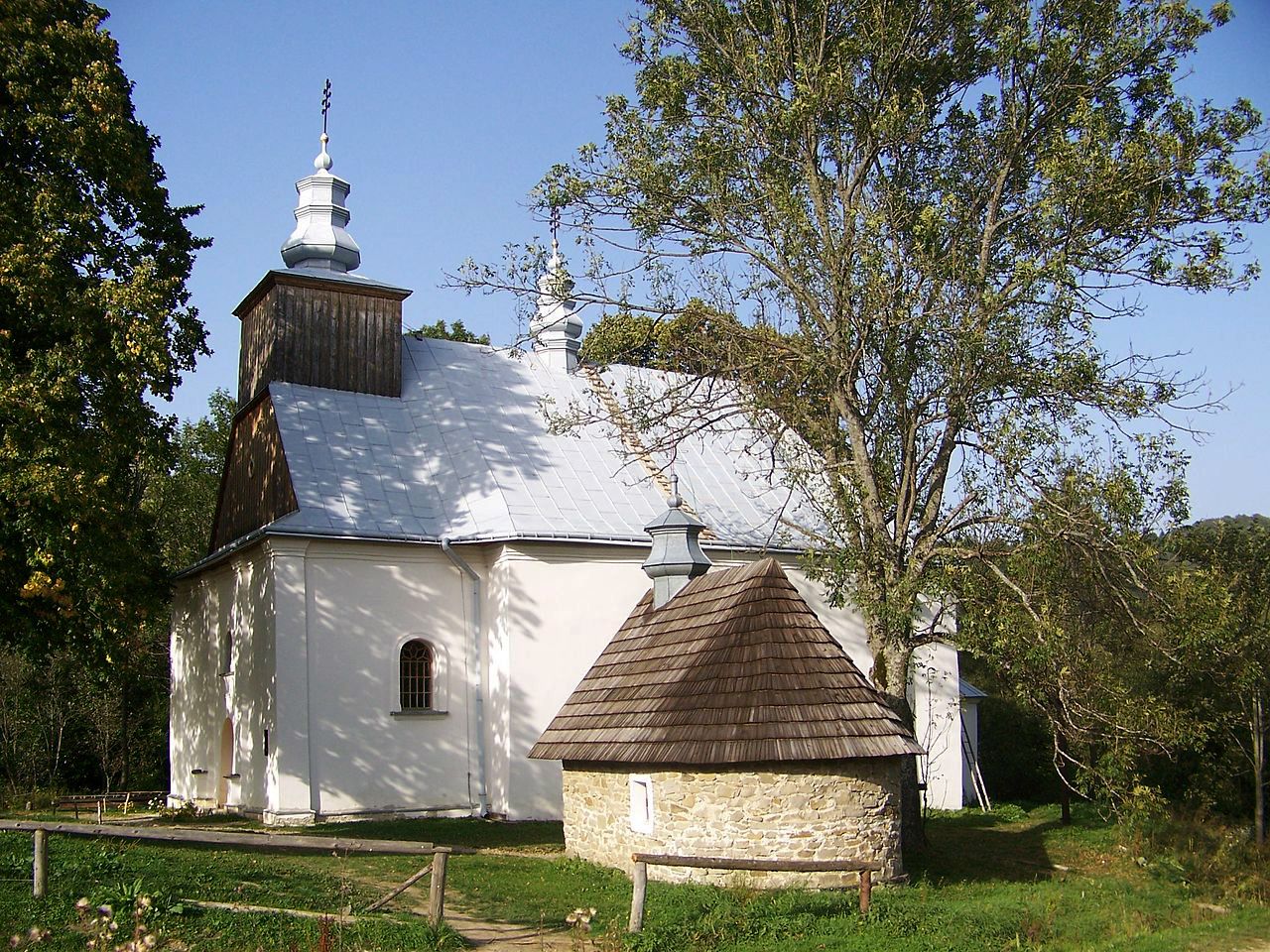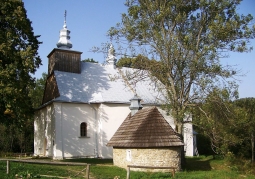Orthodox church of St. Martyrs of Paraskevia - Lopienka
No weather data
0.0 /5
Number of ratings: 0
The date of construction of the current church is not certain. Certainly erected it on the site of an earlier wooden church. Some sources say that it was founded in the first half of the 18th century. According to local tradition, only a stone chapel was erected in the 18th century to place the icon of the Mother of God in it, which miraculously appeared on the linden tree next to it, and the church was added to the chapel only in the first half of the 19th century. The remnant of the chapel would be the low apse on the eastern wall of the presbytery. This is a unique solution in the sacred buildings of this area, which could confirm the local tradition. The shape of the building also speaks for the nineteenth century origin. It is certain that the present church already existed in 1829, and on the basis of cadastral plans from 1852 it was established that in that year it already had its present shape. A few years before World War II, the roof of the church was covered with sheet metal. From 1947 it was not used for religious purposes. The icon of the Virgin Mary and the altar were taken to the church in Polańczyk in 1949. In 1954 sheet was removed from the roof. A roof truss collapsed in the 1960s. During this period, the church was used by grazing highlanders as a pen for sheep, and panels from the church floor were used in shepherds' huts as a place for wadding. The works of destruction were completed by the construction of a new road, which undercut the church hill, causing the walls to crack. In 1972, on the initiative of the poviat conservator Olgierd Latoczko, the crown of the walls was reinforced with a concrete band. In 1983, the Society for the Protection of Monuments began activities aimed at rebuilding the temple. In 1992, the roof truss was reconstructed, in 1993 the roof was covered with sheet metal, and in 1994-95 the doors and windows were restored. In 2002, the building was plastered from the outside. Thanks to the painting from at least the eighteenth century, until the displacement of local people after World War II, Łopienka was the most important place of Marian worship in the Bieszczady Mountains. The most important indulgence, which began on July 13, was attended by the faithful, among others from Rzeszów, Snina or Uzhhorod.
Komentarze
No results
Nearby places

Lookout tower - Korbania
Category: LookoutsThe object is 6 m high, and from its top you can admire, among others Solińskie Lake, Połonina Wetlińska and the Otryt Range. The tower is wooden - it has 3 viewing levels and solid barriers. You can reach Korbania...
3 km
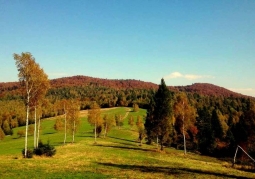
Korbania
Category: Peaks and valleysThe peak in the Western Bieszczady, in the Łopiennik and Durna Mountains. The slopes of the massif are usually forested, with the exception of: the vertex which is a viewpoint, the south-west slope where Tyskowa once...
3 km
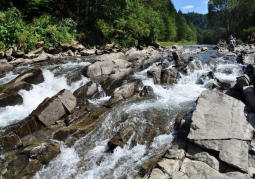
Sine Wiry Nature Reserve - Ciśniańsko-Wetliński Landscape Park
Category: Nature reservesThe reserve covers a 7-kilometer fragment of the groundbreaking Wetlinka and Solinka valleys with plant habitats with different gradients of humidity and fertility. The reserve has numerous plant and animal refuges...
5 km
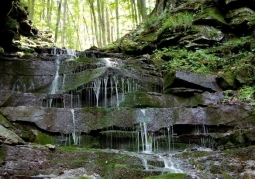
Czartów Młyn Waterfall
Category: Lakes, springs, waterfallsThe Czartów Młyn waterfall is fed by a small stream, which periodically dries up completely. It is worth visiting it after the downpour, thanks to which it will present itself to us with full splendor. A perfect place...
6 km
Nearby places

Lookout tower - Korbania
Category: LookoutsThe object is 6 m high, and from its top you can admire, among others Solińskie Lake, Połonina Wetlińska and the Otryt Range. The tower is wooden - it has 3 viewing levels and solid barriers. You can reach Korbania...
3 km

Korbania
Category: Peaks and valleysThe peak in the Western Bieszczady, in the Łopiennik and Durna Mountains. The slopes of the massif are usually forested, with the exception of: the vertex which is a viewpoint, the south-west slope where Tyskowa once...
3 km

Sine Wiry Nature Reserve - Ciśniańsko-Wetliński Landscape Park
Category: Nature reservesThe reserve covers a 7-kilometer fragment of the groundbreaking Wetlinka and Solinka valleys with plant habitats with different gradients of humidity and fertility. The reserve has numerous plant and animal refuges...
5 km

Czartów Młyn Waterfall
Category: Lakes, springs, waterfallsThe Czartów Młyn waterfall is fed by a small stream, which periodically dries up completely. It is worth visiting it after the downpour, thanks to which it will present itself to us with full splendor. A perfect place...
6 km
